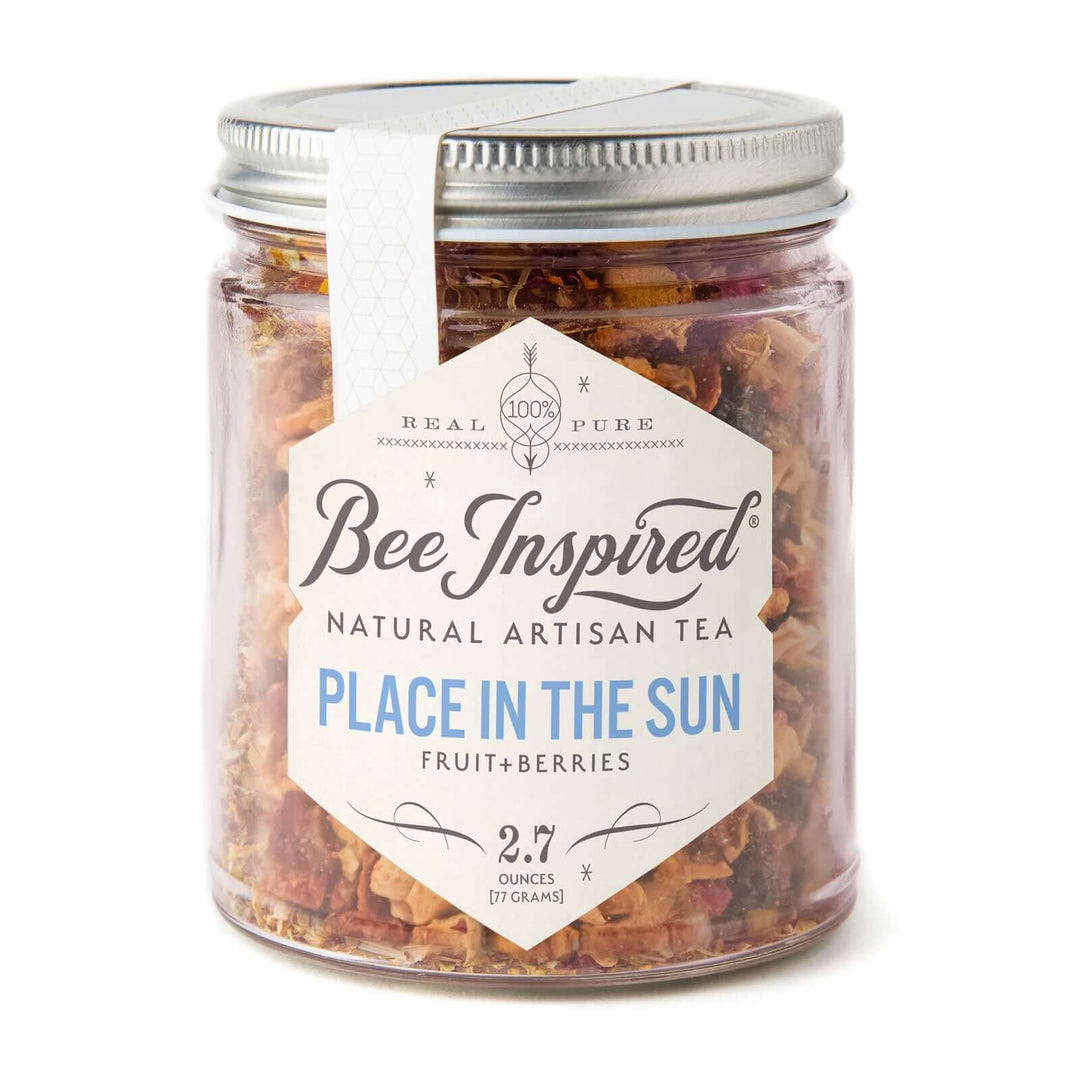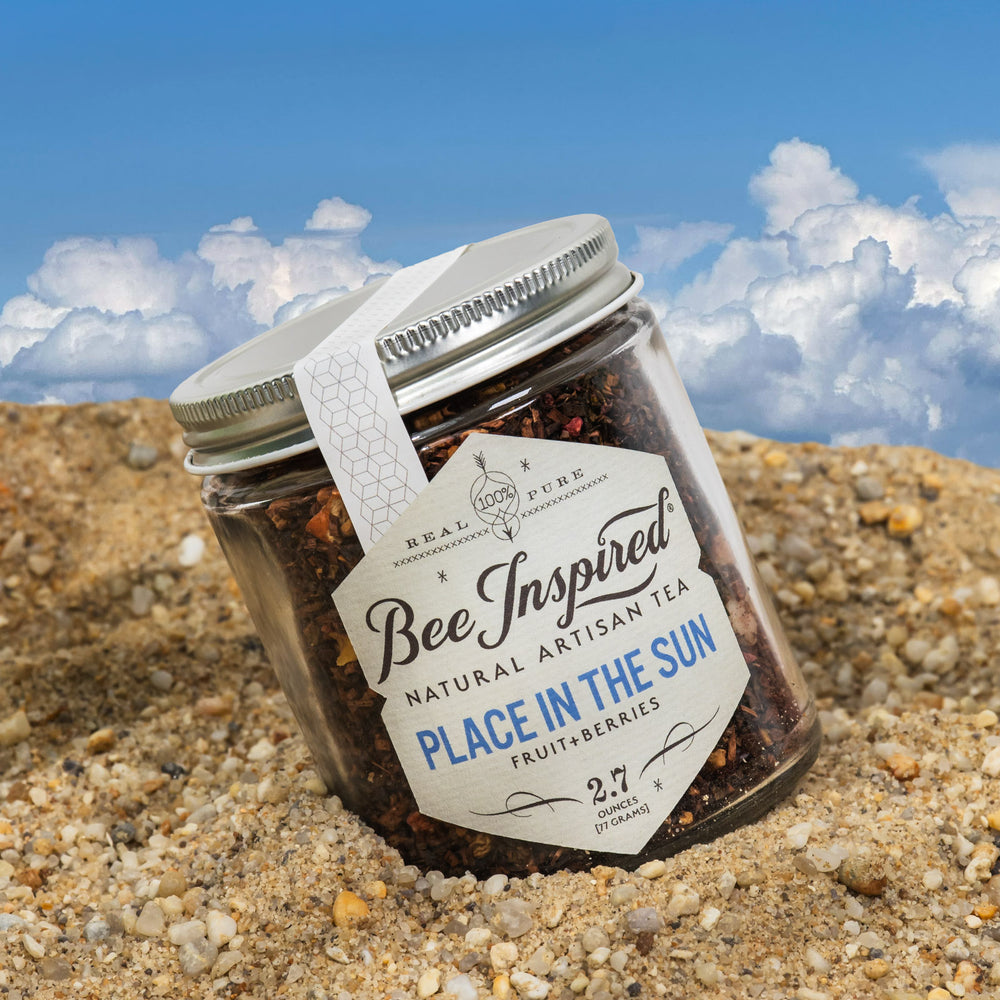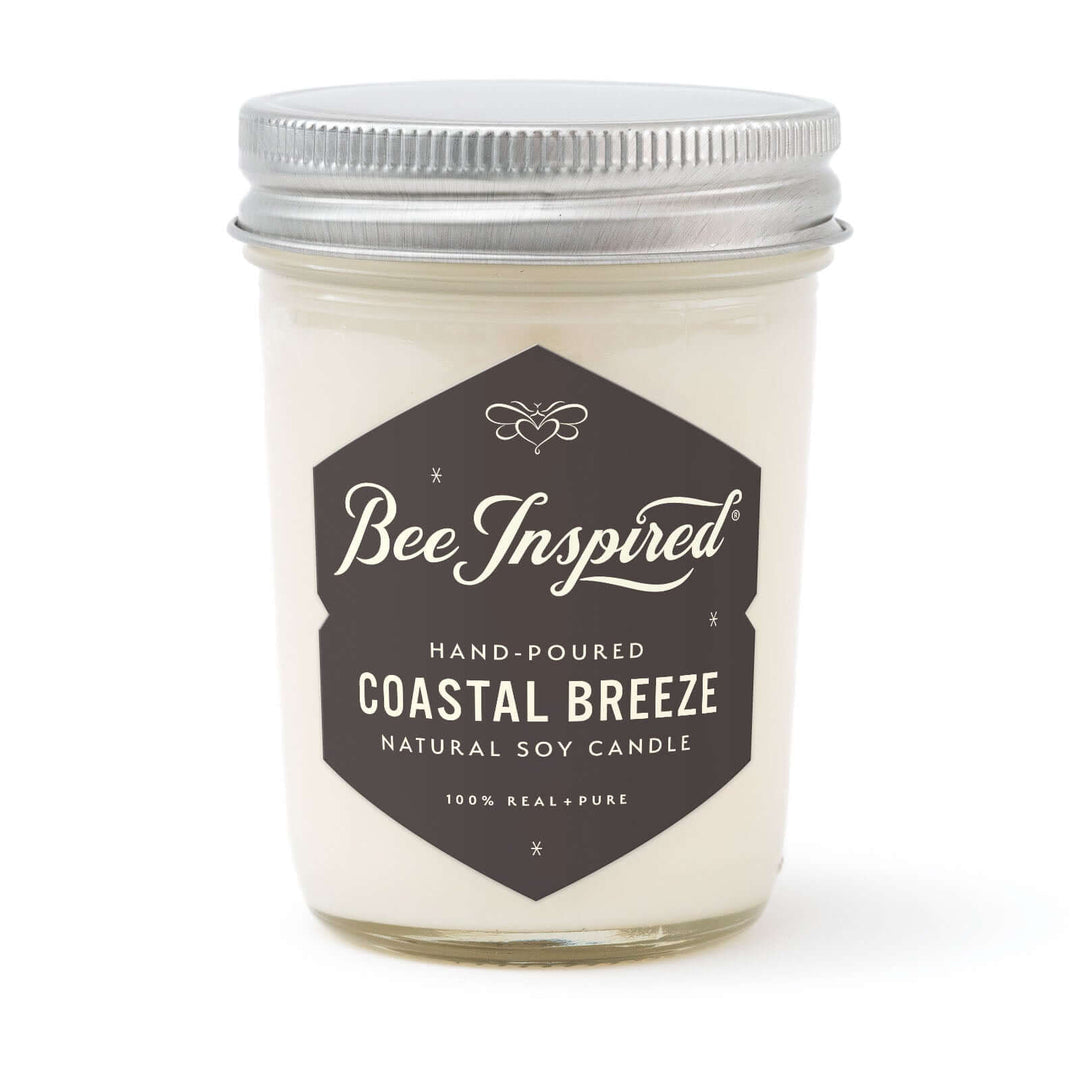If you hang around bees, chances are good you’re going to get stung. Sounds like an old adage, doesn’t it? It is one of the drawbacks of becoming a beekeeper and getting stung is part of the practice.

There are various bee sting remedies that can help alleviate the pain and swelling associated with bee stings.
Bentonite clay for bee stings is something many people do to help alleviate the pain and swelling, but we also have other suggestions listed below.
Ron Silverman shares his thoughts on treating bee stings
A few things to know about bee stings:
-
Honeybees die after they sting.
-
Honeybees leave behind a venomous toxin that can cause pain.
-
Most bee stings are easily treated at home.
Leaving the stinger in can increase the chances of an allergic reaction, so it's important to remove it promptly.

Darker honey, such as our Buckwheat Honey, is high in antioxidants. This has the potential to aid in healing wounds.
Although none of these remedies have been clinically tested, bentonite clay is often used to treat a bee sting
-
If you’re allergic to bees, use your epinephrine auto-injector (EpiPen). If you don’t have an EpiPen, get to a hospital.
-
Remove the stinger with your fingers or tweezers, the longer the stinger remains, the longer your recovery time.
-
Mix equal parts of water and unseasoned meat tenderizer directly onto the site of the sting to draw out the bee venom. This neutralizes the poison in just a few minutes.
-
Place a thick paste of baking soda and water (mix equal parts baking soda and water) directly onto the site of the sting to treat the sting.
-
Use honey as medicine to the area that has been stung
-
Apply toothpaste to the area to help reduce pain
-
Rub a wet aspirin on the sting site to help with pain and inflammation
-
Rub freshly crushed parsley or basil on the bee sting. This should help with pain and at the same time, begin to neutralize the poison.
-
Crushed plantain leaves can be applied to the sting site for relieving pain.
-
Make a paste out of St. John’s wort oil and bentonite clay and apply it directly to the bee sting. The clay will help draw the poison out of the affected area and the St. John’s wort will help eliminate some of the pain.
-
Bentonite clay can be used similarly to calamine lotion to relieve itching and draw out toxins from the sting site.
-
Apply a drop of lavender essential oil on the area affected.
-
Rub apple cider vinegar on the area affected to help reduce pain and swelling.
-
Apply a slice of fresh papaya or onion on the affected area for about 1 hour.

It is actually very easy to make your own lavender body oil at home! If you aren't into DIY projects, you can always use Bee Inspired Baby Oil.
Not sure if you have an allergic reaction to bee stings?
Signs of Anaphylaxis:
-
Itching
-
Redness
-
Hives (raised welts)
-
Shortness of breath
If any of the above symptoms present, get to a hospital. Antihistamines, such as diphenhydramine (Benedryl), may ease symptoms but will not stop an anaphylactic reaction. If you are a beekeeper, it’s wise for you to keep an EpiPen in your bee box, it may come in handy one day.
Bentonite clay can also be used to treat bug bites by removing toxins and alleviating itching.
If you or someone you love is stung more than 10 times, or if the bee stings inside the nose, mouth, or throat, get to a hospital. Swelling from these stings can cause shortness of breath, even in non-allergic victims.
Similar to bee stings, bentonite clay is effective in treating insect bites by reducing swelling and itching.
Redness, swelling, pain, and itching are all common at the site of the bee sting. The pain will usually go away within an hour or so, swelling may last up to a week. Use ice to reduce swelling.












